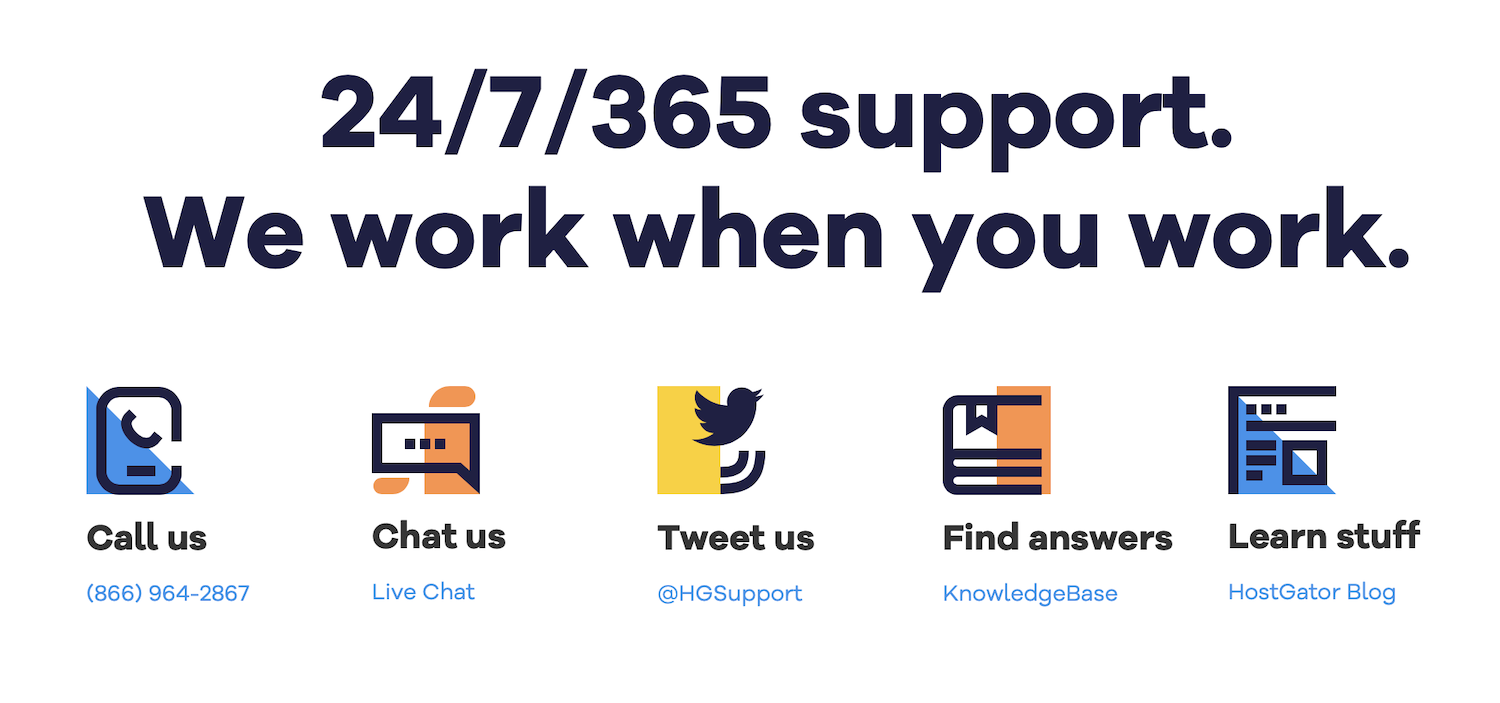Embarking on the journey of creating your own product is an exciting and rewarding endeavor that allows you to bring your ideas to life and address specific market needs. Whether you’re an aspiring entrepreneur or a seasoned inventor, the process of product development requires careful planning, creativity, and strategic execution. In this guide, we’ll walk you through the essential steps to turn your vision into a tangible product that resonates with your target audience.
1. Identify a Market Need
The foundation of a successful product lies in addressing a genuine market need or solving a problem faced by your target audience. Conduct thorough market research to identify gaps, pain points, and opportunities within your industry or niche. Gather insights from potential customers, competitor analysis, and industry trends to validate the demand for your product idea.
2. Define Your Product Concept
Once you’ve identified a market need, clearly define your product concept by outlining its features, functionalities, and unique selling points. Consider how your product will differentiate itself from existing solutions and the value it will deliver to customers. Create a product vision statement to succinctly communicate the essence and purpose of your offering.
3. Develop a Prototype
Translate your product concept into a tangible prototype that provides a tangible representation of your idea. Depending on your product type and complexity, you may opt for physical prototypes, digital mockups, or interactive prototypes. Focus on refining key features and functionalities while maintaining flexibility for iterations and improvements based on feedback.
4. Test and Iterate
Test your prototype rigorously to gather feedback from potential users, industry experts, and stakeholders. Pay attention to usability, functionality, performance, and overall user experience. Iterate on your design based on feedback, incorporating suggestions and addressing any identified issues or shortcomings. Aim for continuous improvement throughout the development process.
5. Finalize Design and Specifications
Once you’ve iterated on your prototype and refined its design, finalize the specifications and technical details of your product. Collaborate with designers, engineers, and manufacturers to ensure feasibility, scalability, and compliance with relevant standards and regulations. Create detailed specifications documents and design files to guide the production process.
6. Secure Intellectual Property Rights
Protect your intellectual property by securing patents, trademarks, or copyrights for your product, branding, and innovations. Consult with intellectual property attorneys or specialists to navigate the legal aspects of intellectual property protection and enforcement. Safeguarding your IP rights is essential for maintaining a competitive advantage and preventing unauthorized use or infringement.
7. Manufacture Your Product
Select reliable and reputable manufacturing partners or suppliers to produce your product at scale. Obtain quotes, negotiate terms, and establish production timelines to ensure timely delivery and quality control. Consider factors such as cost, lead times, production capacity, and geographic location when choosing manufacturing partners. Conduct regular inspections and quality checks throughout the manufacturing process to maintain product consistency and integrity.
8. Develop a Marketing and Launch Strategy
Craft a comprehensive marketing and launch strategy to introduce your product to the market and generate buzz among your target audience. Utilize a mix of online and offline channels, including social media, email marketing, press releases, influencer partnerships, and live events. Leverage compelling storytelling, visual assets, and customer testimonials to showcase the value and benefits of your product.
9. Launch and Iterate
Launch your product with a bang, but be prepared to iterate and refine your strategy based on real-world feedback and performance metrics. Monitor customer reactions, sales data, and market trends to identify areas for improvement and optimization. Stay agile and responsive to customer needs, evolving market dynamics, and competitive pressures as you continue to grow and evolve your product offering.
10. Provide Ongoing Support and Innovation
Maintain a strong focus on customer satisfaction by providing ongoing support, updates, and enhancements for your product. Listen to customer feedback, address concerns promptly, and proactively seek opportunities for innovation and product evolution. Cultivate a loyal customer base through exceptional product quality, responsive customer service, and a commitment to continuous improvement.
Start Creating Your Product
Creating your own product is a challenging yet rewarding journey that requires dedication, creativity, and perseverance. By following these steps and embracing a systematic approach to product development, you can bring your ideas to life and launch a successful product that resonates with your target audience. Stay focused on delivering value, listening to customer feedback, and iterating on your product to ensure long-term success in the competitive marketplace.




